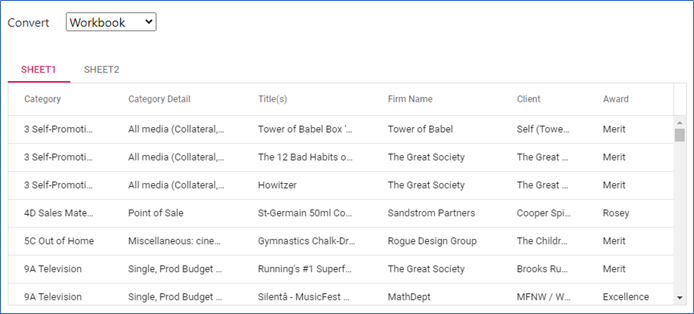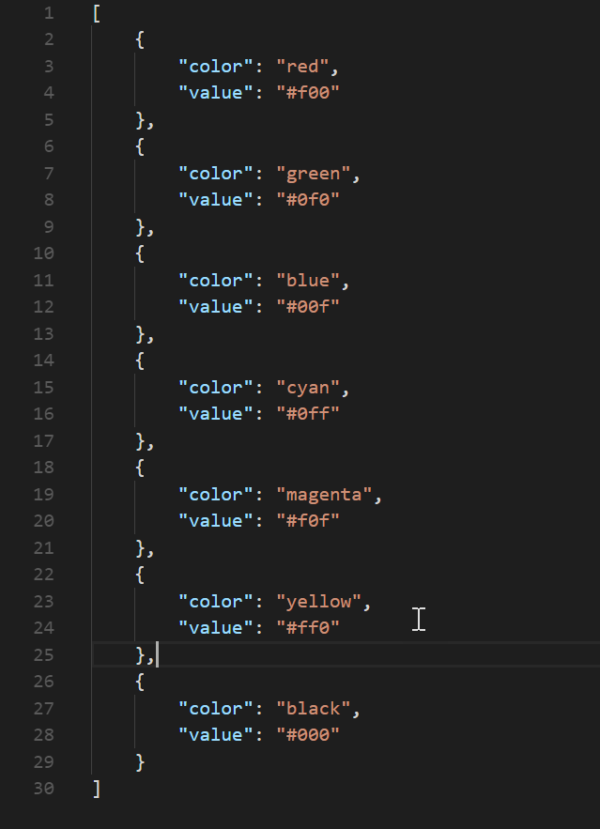


(Am I the only person that doesn’t like this new dialog? I thought the old checkboxes were much simpler, although I do appreciate the new flexibility on where to put your Excel table output) button to close the Query Editor, and then choose the Only Create Connection option to make sure the output of the query is not loaded anywhere and the query is disabled, then click the Load button. There’s a bit more information on this subject in my Power Query book, which I hope you have all bought! Yes, tables in Power Query can have primary keys – the Table.AddKey() function is another way of doing this. …and one of the side-effects of using Table.Distinct() is that it adds a primary key to the table. Why are we doing this when there clearly aren’t any duplicate values in this column? The new step contains the expression

But did you know that you can get Power Query to do this for other data sources too? You probably know that, when you are importing data from multiple tables in SQL Server into the Excel Data Model in Excel 2013 using Power Query, Power Query will automatically create relationships between those tables in the Data Model.


 0 kommentar(er)
0 kommentar(er)
